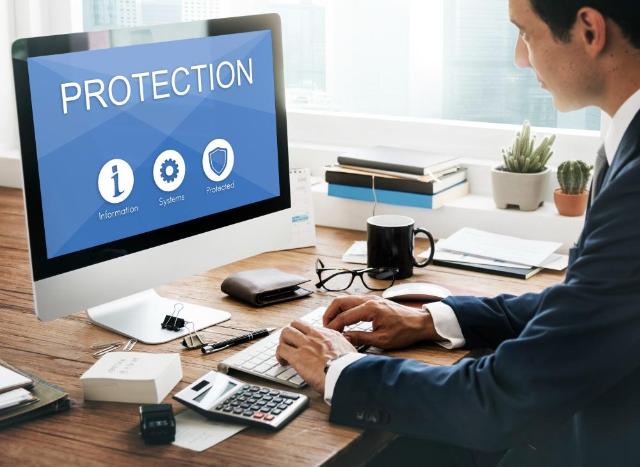Enhancing Security Documentation: How Flipbook Makers Streamline Compliance Reports
In today’s rapidly evolving digital landscape, security documentation and compliance reports are essential for ensuring that organizations meet regulatory standards and maintain robust cybersecurity postures. For security professionals, managing compliance requires not only adhering to a myriad of regulations but also producing clear, accessible, and well-organized documentation for audits and internal reviews. This is where tools like a flipbook maker come into play, offering a more efficient and engaging way to create, share, and update security documents.
The Challenge of Traditional Compliance Documentation
Traditional methods of creating compliance reports often involve static PDFs or paper-based documents that can be cumbersome to navigate and difficult to update. These documents, while functional, tend to lack the interactivity that could help security professionals access crucial information quickly during audits or compliance reviews. Additionally, static documentation can present issues when revisions are required, making it difficult to maintain version control and keep all stakeholders informed of updates.
For instance, regulatory requirements such as SOC 2 or GDPR demand detailed documentation and evidence to demonstrate compliance. When updates to policies or procedures are needed, it can become a logistical challenge to ensure that all teams are working from the most current version of the documentation. This can lead to inefficiencies or, worse, non-compliance in critical areas of an audit.
The Benefits of Interactive Flipbooks
A flipbook maker addresses these challenges by transforming static compliance reports into interactive, easy-to-navigate documents. This format allows security professionals to incorporate various interactive elements, such as clickable tables of contents, hyperlinks, and multimedia, to make complex information more accessible.
For example, using a flipbook, compliance managers can include hyperlinks to specific regulatory clauses, appendices, or cross-referenced documents, making it easier for auditors or internal teams to find relevant information. In addition, flipbooks provide a visual and intuitive interface where users can flip through pages just like a physical document, enhancing the user experience and engagement. This is especially useful in long-form documents, such as security policy handbooks or audit reports, where quick navigation is critical.
Another key advantage is the ability to embed multimedia elements, such as training videos or interactive flowcharts. This is particularly useful in security training manuals, where combining text with interactive visuals helps employees understand and retain critical security protocols more effectively.
Streamlining Updates and Version Control
One of the most significant benefits of using a flipbook maker is the ability to streamline the process of updating compliance documentation. When regulations change or internal policies are revised, flipbooks can be easily updated, ensuring that all stakeholders have access to the latest version of the documentation. Instead of sending out updated PDFs or hard copies, users can simply update the flipbook, and the changes will be reflected immediately for all users accessing the document.
This real-time updating feature helps mitigate the risk of miscommunication or using outdated documents during an audit. With version control built into many flipbook platforms, security teams can maintain a clear history of changes, ensuring transparency and accountability in their documentation processes.
Improving Collaboration and Sharing
Another advantage is the improved ability to share compliance reports with external auditors or internal teams. Flipbooks can be shared securely via a unique URL or embedded into an internal knowledge management system. This allows for easy access without the need for attachments, which can sometimes get lost or cause confusion when dealing with large email chains.
Moreover, the interactivity and professional presentation of a flipbook can leave a positive impression on external stakeholders, such as auditors, demonstrating that the organization takes its compliance and documentation processes seriously.
Conclusion
In a world where compliance and security documentation are critical to business success, leveraging tools like a flipbook maker can revolutionize the way security professionals manage their documentation processes. By providing an interactive, easy-to-update, and shareable format, flipbooks can enhance the efficiency of compliance workflows, reduce errors, and improve user engagement. For any organization looking to streamline its security documentation process, adopting a flipbook format could be a valuable step forward.

